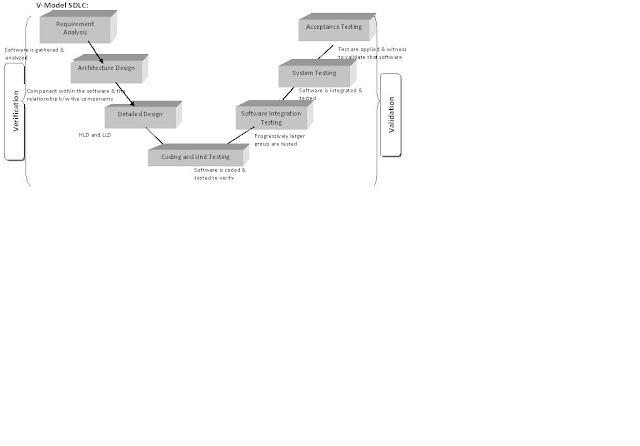Root Cause Analysis and Traceability Matrix
Root Cause Analysis:
Root cause analysis forms the techniques or tools that are used to determine the reason for a problems occurring.
Schedule Variance: Schedule is the plan for executing a project and variance is the slippage of the test plan.
The Root Cause Analysis will be performed by the action listed below:
- Understand the problem
- Gather required information on the cause of the problem.
- Identify all the major and minor issues that create the problem.
- Find the root causes based on the evidence or issues.
- Do recommendations targeting all the issues.
- Implement all the recommendation.
The input to the root causes analysis will be a problem and output to the root cause analysis will be the solution that closes all problems.
Root Causes Analysis tools types:
Based on the problem encounter we choose the tool:
5 Ways: Mostly used with problems involving human factors or interactions.
Barrier Analysis: Treat the problem as a barrier and tiers to remove the barrier.
Change analysis: Mainly works on the risk area and tries to explore the same.
Failure mode and effect analysis: Commonly used to evaluate risk management priorities for mitigating known threat vulnerabilities.
Fish Bone Diagram or Ishikawa diagram or Cause & effect diagram:
The fish bone will help to visually display the many potential cause for a specific problem or effect.
Pareto Analysis: A statistical techniques in decision making that is used for selection of a limited number of tasks that produces significant overall effect.
Fault Tree Analysis: Visual models showing the logical relationship between the equipment failure, human errors and external events that causes the problem.
Fish Bone Analysis diagram
Its analysis provides a systematic way of looking at effects and the cause that create or contribute to those effects.
It looks like a fish skeleton where it is depicted which is why it is known as fish bone diagram.
Fish Bone Diagram for some of these reason stated below:
- To study a problem/issue to determine the root cause.
- To study all the possible reasons why a process is having difficulties or problems.
- Identifying the areas for data collection.
- To study why a process is not performing properly or producing the desired results.
What is Tractability matrix?
Requirement tracing is the process of documenting the links between the user requirements for the system you are building and the work products developed to implement and verify those requirements. These work product include software requirement, design specification, coding, testing and other artifacts of the software development process.
Disadvantage of not using Traceability matrix:
Ø The system that is build may not have the necessary functionality to meet the customer and users needs and expectations.
Ø If there are modifications in the design specifications, there is no means of tracking the changes.
Ø If there is no mapping of test cases to the requirement, it may result in missing a major defect in the system.
Ø The completed system may have ‘Extra’ functionality that may have not been specified in the design specification, resulting in wastage of manpower, time and effort.
Ø If the code component that constitutes the customers high priority requirement is not known, then the areas that need to be worked first may not be known there the areas that chances of shipping a useful product on schedule.
Ø A seemingly simple request might involve changes to several parts of the system and if proper tractability process is not followed, then the evaluation of the work that may be needed to satisfy the request may not be correctly evaluated.





Comments
Post a Comment